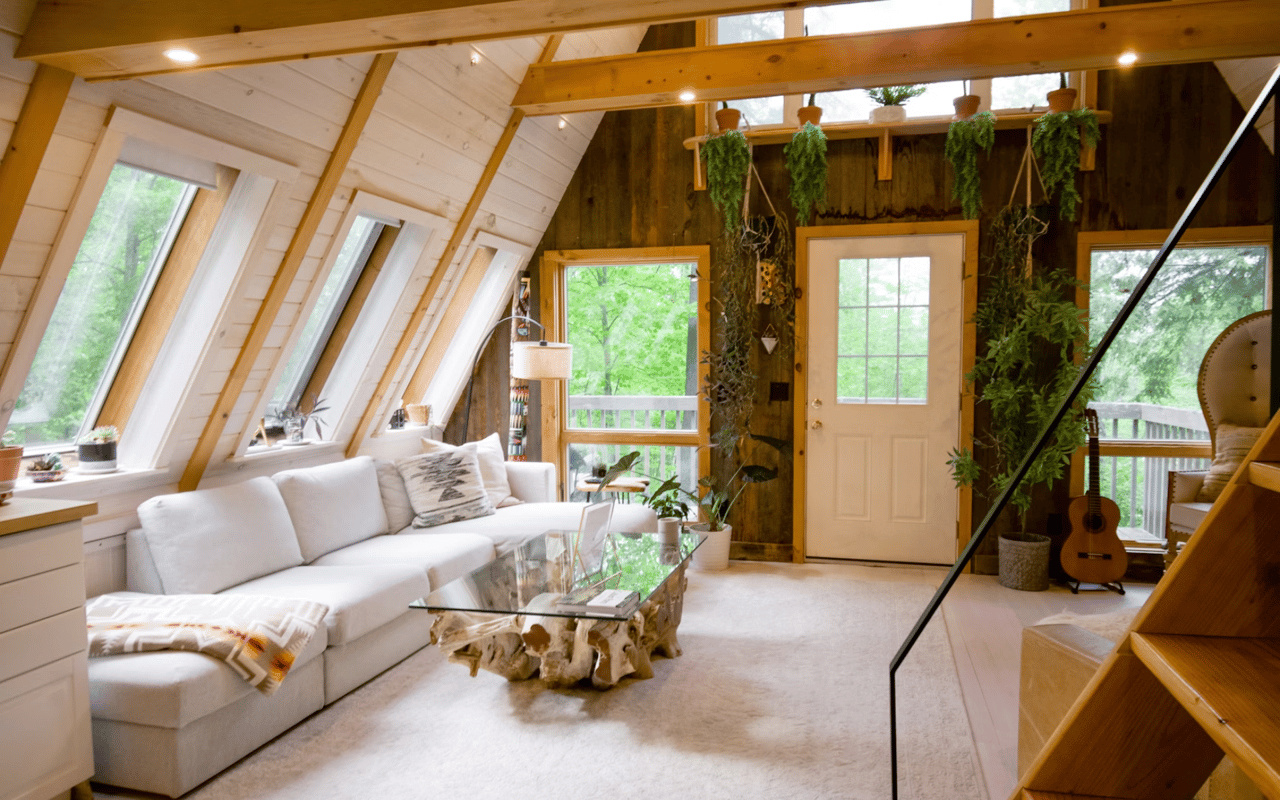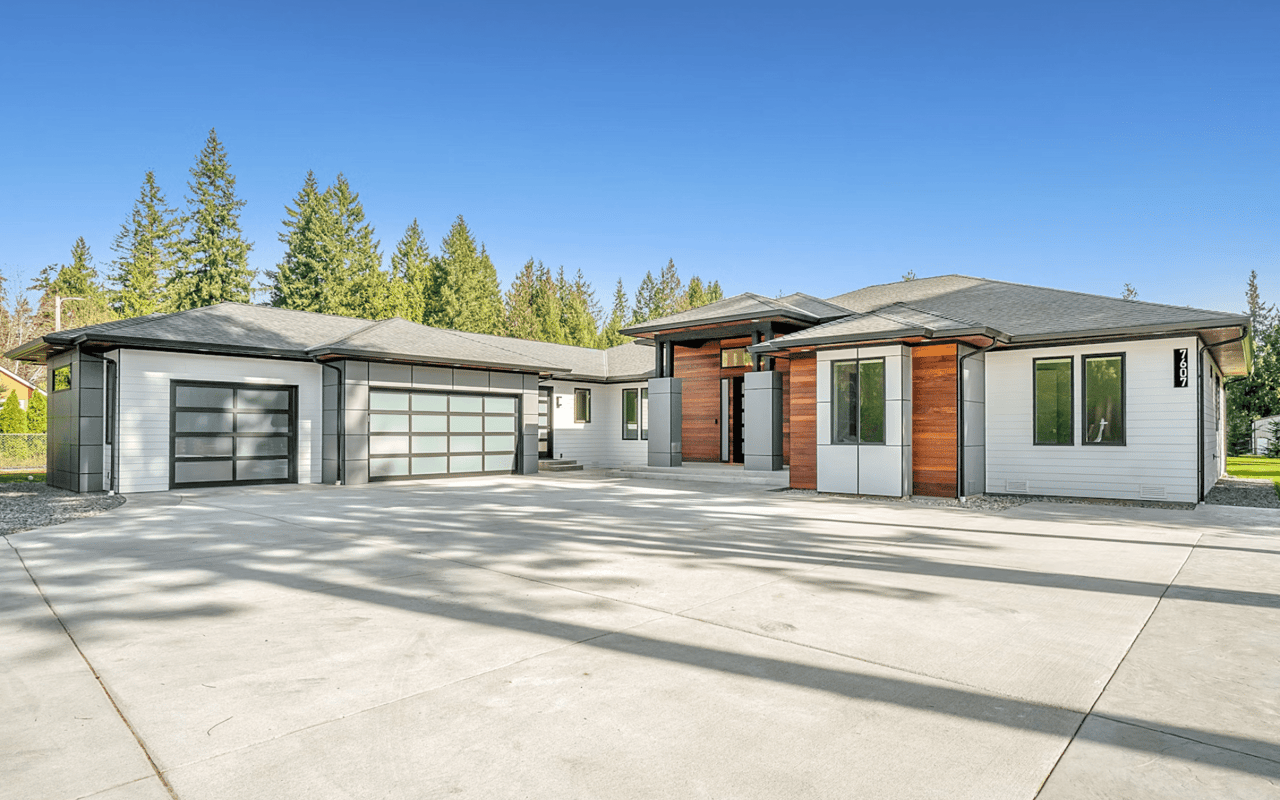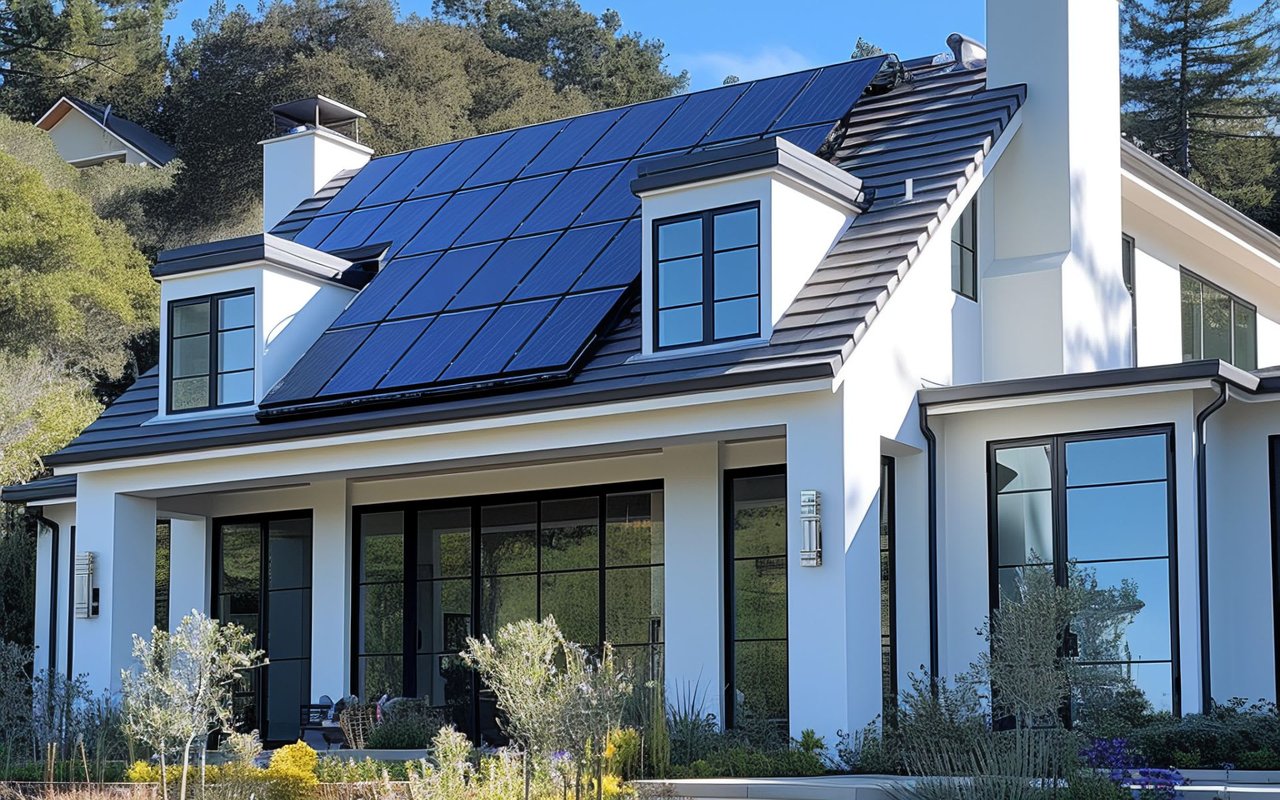In today's world, adopting eco-friendly practices isn't just a trend but a necessity. With increasing environmental concerns and the need for sustainable living, building and living in a sustainable home plays a crucial role in mitigating climate change and preserving natural resources. It not only reduces your carbon footprint but also promotes a healthier environment for future generations to thrive in.
This comprehensive guide dives into the various ways you can integrate sustainable house features into your home, empowering you to make informed choices that benefit both your household and the planet. From practical energy-efficient upgrades to embracing eco-conscious design principles, every step towards sustainability contributes to a greener and more resilient community.
Why Choose Sustainable House Features?
Sustainable house features go beyond energy efficiency—they encompass design, materials, and lifestyle choices that prioritize environmental responsibility. By incorporating these features into your home, you can lower utility bills, improve indoor air quality, and contribute to global efforts in combating climate change. Whether you're renovating an existing home or building a new one, every step towards sustainability counts in creating a greener future.
Key Sustainable House Features to Consider
1. Energy-Efficient Appliances and Lighting
Upgrade to ENERGY STAR-certified appliances and LED lighting fixtures to reduce energy consumption and lower utility bills. These appliances and fixtures are designed to operate efficiently, using less energy without compromising performance. Consider investing in smart home technologies that allow you to monitor and control energy usage remotely, further optimizing efficiency.
2. Solar Panels and Renewable Energy Sources
Harness the power of the sun by installing solar panels on your roof or property. Solar energy systems generate clean electricity and can significantly reduce or eliminate your reliance on traditional power sources. Explore state and federal incentives for solar installations to maximize cost savings and ROI over the system's lifespan.
Additionally, consider incorporating other renewable energy sources like wind turbines or geothermal systems based on your location and property size.
3. Efficient Heating, Ventilation, and Air Conditioning (HVAC) Systems
Opt for high-efficiency HVAC systems that use less energy to heat and cool your home effectively. Choose models with programmable thermostats, zoning capabilities, and proper insulation to minimize energy waste and maintain optimal indoor comfort year-round. Regular maintenance and upgrades ensure your HVAC system operates efficiently, extending its lifespan and reducing environmental impact.
4. Water Conservation Features
Implement water-saving fixtures such as low-flow toilets, faucets, and showerheads to reduce water consumption without sacrificing performance. Consider installing rainwater harvesting systems to collect and reuse rainwater for irrigation, landscaping, or non-potable household uses. Efficient landscaping practices, including native plants and drip irrigation systems, further conserve water and enhance outdoor sustainability.
5. Sustainable Building Materials and Design
Choose eco-friendly building materials such as bamboo flooring, reclaimed wood, recycled glass countertops, and VOC-free paints and finishes. These materials minimize environmental impact during production, use, and disposal while promoting indoor air quality and occupant health. Embrace passive design principles that optimize natural lighting, ventilation, and thermal comfort, reducing reliance on artificial heating and cooling systems.
Implementing Sustainable House Features
1. Assess Your Current Home's Energy Efficiency
Conduct a home energy audit to identify areas where energy efficiency can be improved. An audit may reveal opportunities for insulation upgrades, window replacements, or sealing air leaks that contribute to energy loss. Prioritize improvements based on their potential impact on energy savings and return on investment, considering both short-term and long-term benefits.
2. Plan and Budget for Sustainable Upgrades
Develop a comprehensive plan and budget for integrating sustainable house features into your home—research local incentives, rebates, and financing options available for energy-efficient upgrades and renewable energy installations. Consult with contractors, architects, and green building professionals to ensure your plans align with sustainable building practices and local building codes.
3. Monitor and Maintain Sustainability Practices
Once sustainable features are implemented, monitor their performance and effectiveness over time. Regularly maintain appliances, HVAC systems, and renewable energy systems to optimize efficiency and prevent costly repairs. Stay informed about advances in green technologies and practices to improve your home's sustainability and reduce environmental impact continuously.
Benefits of Sustainable House Features
1. Cost Savings on Utility Bills
Energy-efficient upgrades and renewable energy systems can lead to significant savings on monthly utility bills, offsetting initial investment costs over time. By reducing energy and water consumption, sustainable house features contribute to long-term financial stability and affordability for homeowners.
2. Environmental Conservation and Reduced Carbon Footprint
Choosing sustainable house features reduces reliance on fossil fuels, minimizes greenhouse gas emissions, and conserves natural resources. By promoting environmental conservation, homeowners contribute to global efforts in mitigating climate change and preserving ecosystems for future generations.
3. Enhanced Indoor Comfort and Health
Improved indoor air quality, thermal comfort, and noise reduction are additional benefits of sustainable house features. Eco-friendly materials and efficient systems create healthier living environments, reducing allergens, pollutants, and toxins that can impact occupant health and well-being.
Embrace Sustainability in Your Home
Incorporating sustainable house features is a smart investment in your property and a commitment to environmental stewardship and community responsibility. By adopting eco-friendly practices and technologies, homeowners in Boise and beyond can lead by example in creating greener, healthier living spaces. Whether you're making small changes or undertaking major renovations, every effort towards sustainability contributes to a brighter future for the planet.
Ready to embrace eco-friendly living? Corinne Marks is your trusted partner for finding homes with sustainable features in Toronto. Whether you're looking to reduce your carbon footprint or explore energy-efficient homes, Corinne provides expert guidance and personalized service to help you find the perfect sustainable living solution. Contact Corinne Marks today and start your journey towards a greener lifestyle!



